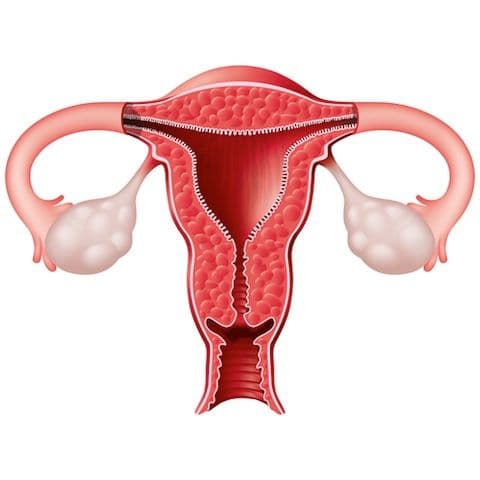Common Cause of Female Infertility and Ovarian Cancer
Fertility and Infertility News
Obie Editorial Team

By Sandy Hemphill, Contributing Writer, BabyMed
According to the US National Cancer Institute, more American women die from ovarian cancer than from any other form of cancer originating in the female reproductive tract. There’s a well-known association between infertility and ovarian cancer but no definitive evidence that one condition causes the other. A recent large British study indicates there may not be a cause-and-effect association but a common cause instead that leads to both infertility and ovarian cancer.
Childbirth and Risk Reduction
Like many cancers, ovarian cancer is actually a blanket term describing several forms of cancer that originate in the ovaries. Four tumor types are most common (clear cell, endometrioid, mucinous, and serous) and each type is associated with a specific pattern of childbearing:
- 20% reduction of overall ovarian cancer risk for women who have one child.
- 7% risk reduction for each additional child.
- 40% reduction of clear cell and endometrioid tumors for women with one or more children.
The Tubal Ligation Effect
Tubal ligation (severing the fallopian tubes for contraceptive purposes) has an effect, too:
- 20% lower risk overall for women who had a tubal ligation.
- 20% lower risk for high-grade serous tumors (the most common type of ovarian cancer).
- 50% lower risk for clear cell and endometrioid tumors.
The British study did not strive to learn how, exactly, tubal ligation reduces the risk of ovarian cancer but suggests the severing of the fallopian tubes may form a barrier that prevents abnormal (pre-cancerous) cells from traveling to the ovaries.
Breastfeeding Protection
Long-term breastfeeding (six months or longer) is associated with a lowered risk of ovarian cancer, too, with the risk factor lowering with each six-month period of breastfeeding.
Different Risk Factors, Different Tumor Types
One significant finding of the study, led by Dr. Kezia Gaitskell, a pathologist at the University of Oxford’s Cancer Epidemiology Unit, is that “known risk factors for ovarian cancer, such as childbirth and fertility, vary between the different tumor types.” She adds that revolutionary research in recent years proves that ovarian cancer doesn’t always start in the ovaries. High-grade serous tumors start in the fallopian tubes and some clear cell and endometrioid tumors develop only in women with endometriosis.
Endometriosis provides a good example of infertility and ovarian cancer sharing a common cause rather than being a cause-and-effect situation. Endometriosis is diagnosed when the endometrium (tissue lining the uterus) grows outside the uterus, making conception and pregnancy difficult. Endometrioid tumors develop in the endometrium regardless of whether this uterine tissue is situated inside or outside the uterus. The two conditions — infertility caused by endometriosis and cancerous endometrioid tumors — both share common origins in the endometrial tissue.
Gaitskell’s study, funded by Cancer Research UK, involved analysis of medical data from 1,146,985 women whose average age was 56 at the time they enrolled in the study. During the lengthy study, 7,570 participants developed ovarian cancer. The ovarian cancer diagnoses came an average of 13 years after enrollment in the study.
Sources:
- "Different types of ovarian cancer have different causes." Cancer Research UK. The National Cancer Research Institute (NCRI), 3 Nov. 2015. Web. 13 Nov. 2015.
- Gaitskell, Kezia, et al. "Childbearing patterns and ovarian cancer in the Million Women Study: variation by histological subtype." NCRI Cancer Conference abstracts. NCRI Cancer Conference, 2 Nov. 2015. Web. 13 Nov. 2015.
- "Ovarian, Fallopian Tube, and Primary Peritoneal Cancer Prevention (PDQ®)." NIH / National Cancer Institute. National Institutes of Health, 10 Aug. 2015. Web. 13 Nov. 2015.








